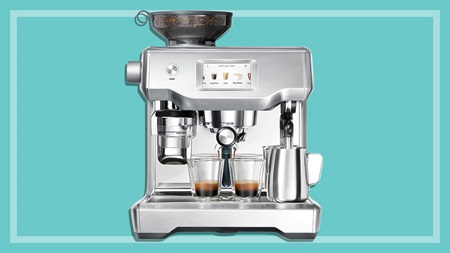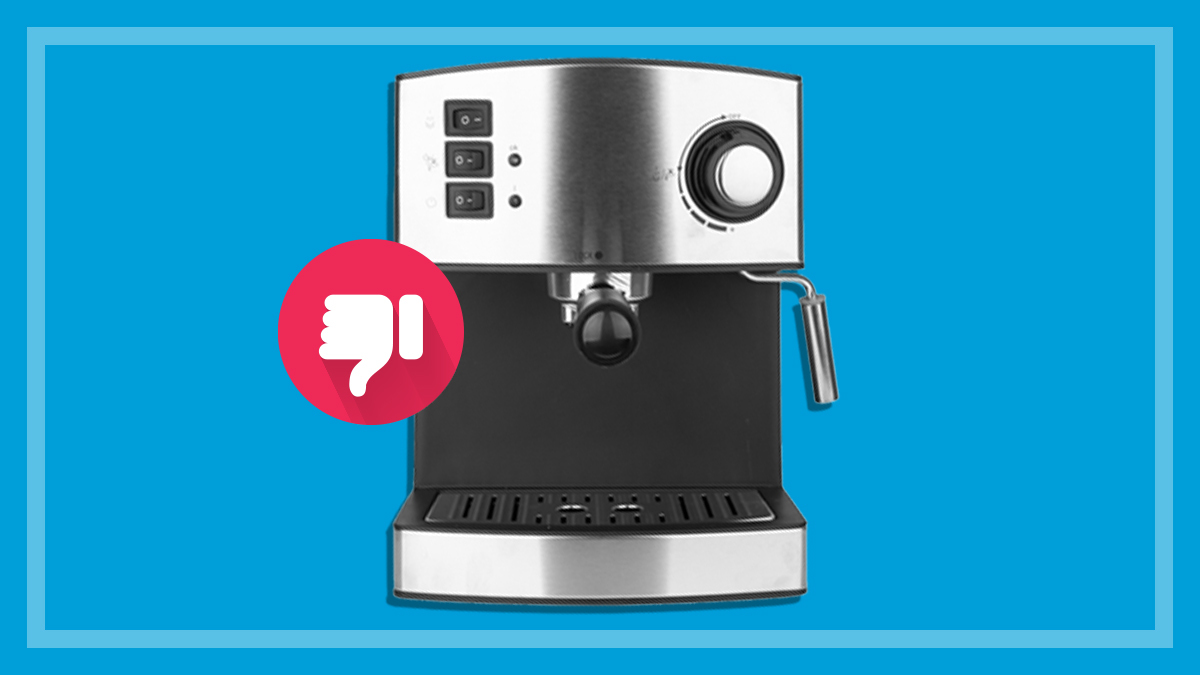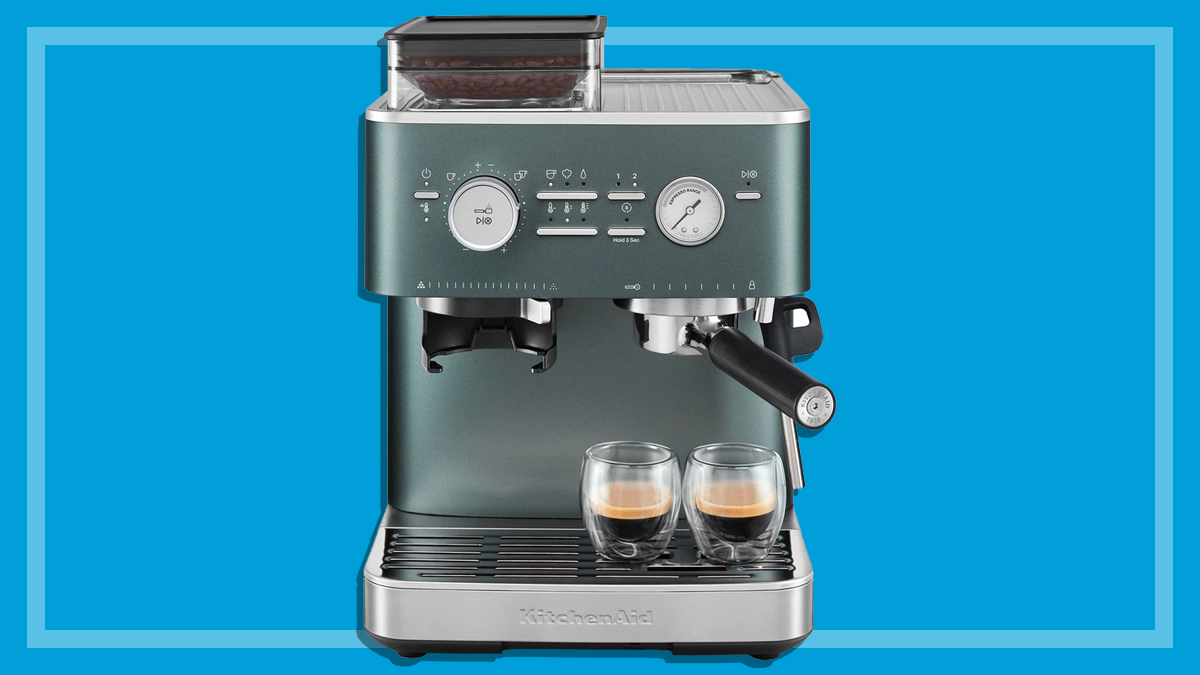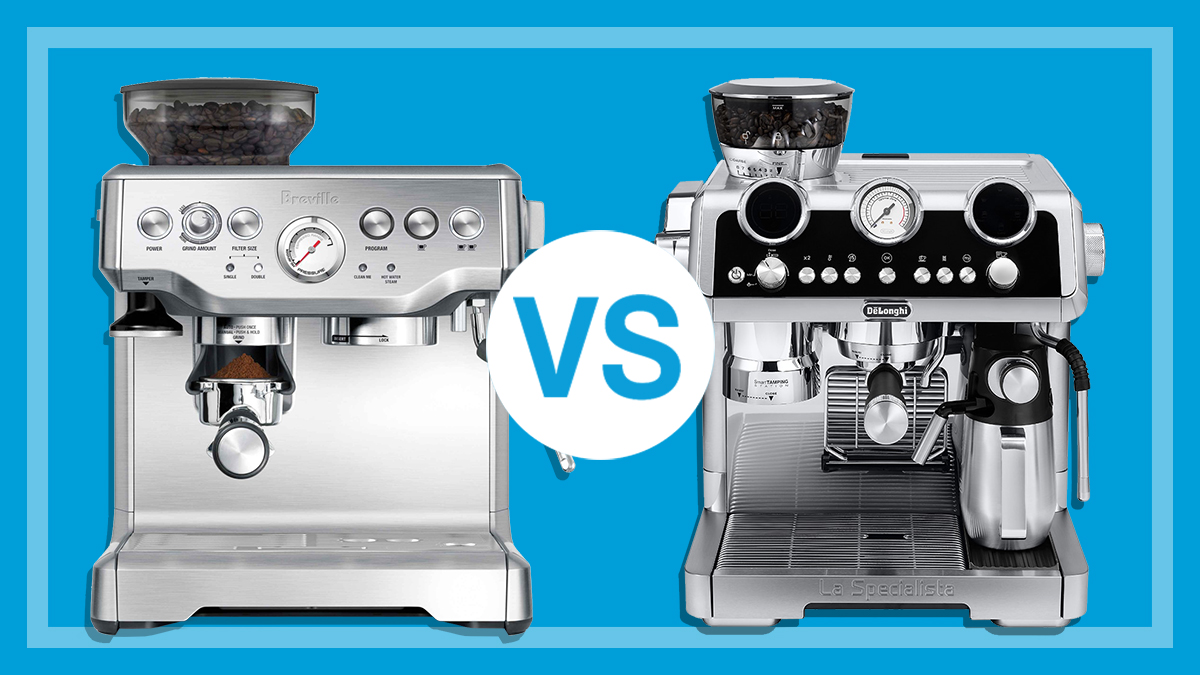Get our independent lab tests, expert reviews and honest advice.
How to make better-tasting coffee at home
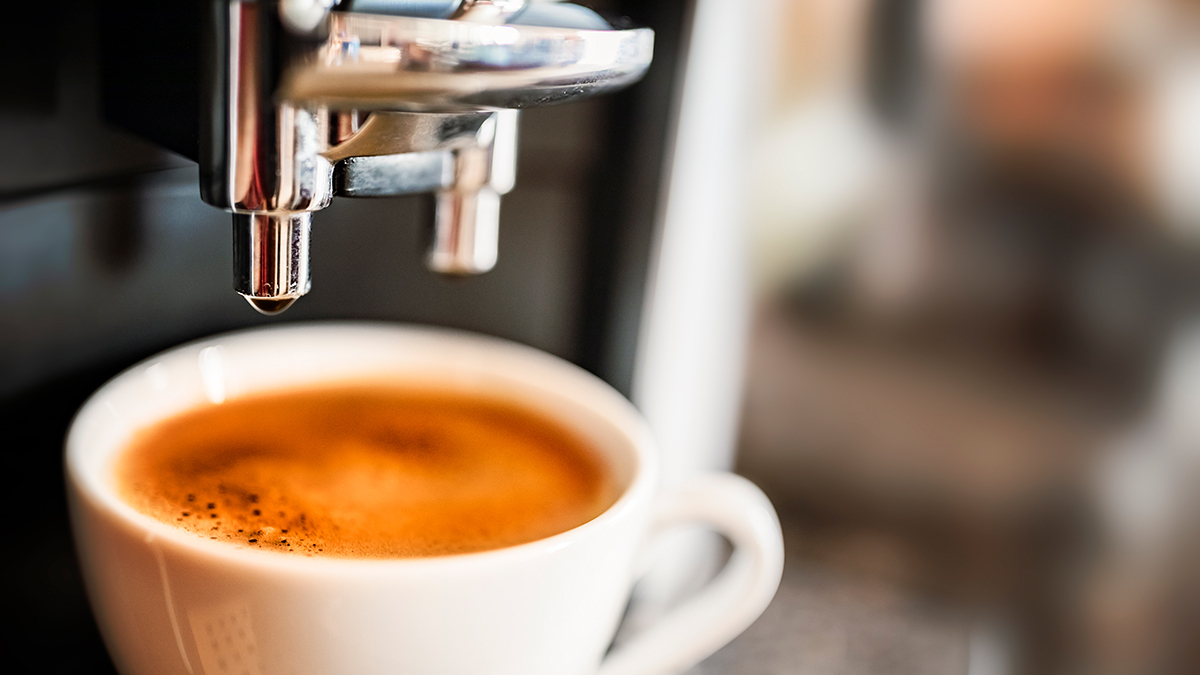
The rising cost of living has seen more and more people swapping expensive cafe flat whites for homemade brews, putting their coffee machines to work to make their own more affordable cuppas in the comfort of their own kitchens.
But if you have a manual or semi-automatic espresso machine and you’re struggling to get the same quality of coffee you’re used to getting from your favourite barista, CHOICE coffee expert Adrian Lini is here to help.
Adrian spends hours in the CHOICE labs putting dozens of coffee machines through their paces, tweaking settings and extracting shot after shot in order to get the best cuppa possible out of the tested models. Here he shares some tips for some things you can do to improve your coffee game.
“Provided you have a good manual espresso or semi-automatic machine, there’s no reason why you can’t turn out cafe-quality espresso shots at home,” says Adrian. “If you’re not getting coffee you’re happy with, there are a few things that could be going wrong and some things you can tweak to get better results.”
1. Ensure your beans are as fresh as possible
The first place to start is the coffee. And fresh is definitely best. “You’ll never get a great cup of coffee from old, stale beans,” says Adrian.
He recommends you find beans you love the flavour of – asking a cafe you like which beans they use is a good start. Check the date they were roasted (it will hopefully be stamped on the packet) to ensure it’s not too long ago and buy beans in small batches to ensure they’re as fresh as possible.
Storing coffee beans correctly is vital too: “Keep them in an airtight container, away from the sun and from moisture. A darkened pantry is a great place to store coffee beans,” he says.
2. Use a quality grinder to get a good, consistent grind
“I can’t emphasise enough how important it is to get a good, consistent grind when making coffee at home,” says Adrian. “So if you’re not getting the flavour you love from your coffee, looking at how you’re grinding your coffee and at what size it’s being ground to is a good place to start making some tweaks.”
The ideal grind size is dependent on how you are making your coffee – if you are using a French press, you’ll need a coarser grind, whereas if you’re using an espresso machine, you’ll need a much finer grind.
“The ground size corresponds directly to the extraction time,” says Adrian. “If the grinds are too coarse it will under extract, pouring the shot too quickly, and the coffee will lack flavour and come out thin and watery.
“If the grinds are too fine, it will over extract and the coffee will taste burnt and bitter. Generally, the perfect extraction time for an espresso should be around 25-30 seconds when using a manual machine, and it’s similar for semi-automatic and other machines (but may differ slightly as they don’t have a boiler).”
“Freshly ground coffee will always give you the best results. Some semi-automatic coffee machines have inbuilt grinders so, if you’re not satisfied with the flavour of your coffee, tweaking the settings will make an immediate difference,” he says.
Conical or flat burr grinders vs blade grinders
If you have a separate grinder, Adrian says you want to opt for a burr grinder as opposed to a blade grinder.
“Blade grinders are not consistent enough to make good grinds for anything other than French press coffee,” he says.
“They work by spinning a blade very quickly and chopping up and breaking apart the coffee beans. Lots are chopped very fine and some are left chunky. This makes it almost impossible to get a consistent extraction time.”
Conical or flat burr grinders work by essentially crushing the coffee grinds and not letting the grinds escape until they fit the specific size you’ve set. It makes the grinds extremely consistent and ready for different coffee type preparations, such as espresso.
Find out more about grinders: how to buy the best coffee grinder.
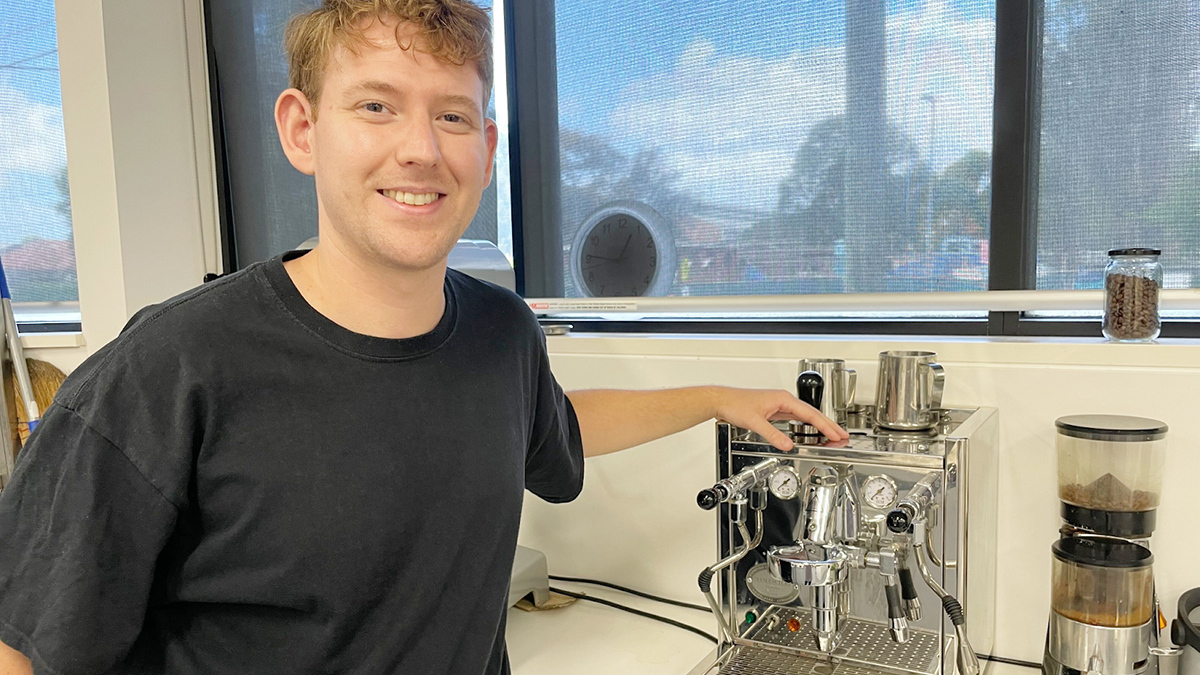
3. Invest in some scales and weigh your coffee
Once you’ve sorted out the perfect grind, you need to ensure you’re getting the right amount of coffee in your portafilter – too much or too little will change the extraction time (the time taken for the water to run through the grind and create your espresso shot) which affects the taste of the coffee. Generally, you should aim for 7–9g of coffee for a single shot and 14–18g for a double shot – depending on your preference.
4. Practice your tamping
Another vital part of the process that impacts the flavour you get in your cup is tamping – this is the action of compacting your coffee into the portafilter. You want to apply the perfect amount of pressure with a coffee tamp to evenly compact the coffee so the water can ‘channel’ through the grounds evenly.
“The recommended weight to apply to the coffee grinds when tamping is 18-20kg,” says Adrian. “Too much tamping pressure can result in a bitter cup and too little pressure can result in a watery shot, because the water will flow too quickly through the grounds.”
Pod vs manual coffee machines: which is best for you?
5. Perfect your milk frothing
Frothing your milk perfectly takes practice, and results can also be affected by the quality of the milk frother on the machine you’re using (when we test to find the best coffee machines in our labs, we give each model a score based on its performance for milk frothing).
Adrian shares some of his top tips for success.
- Always use cold milk or milk substitute.
- Keep the steam wand tip just below the surface so it can get air into the milk and froth it. It should make a bubbling sound rather than a whistle sound. Don’t let the milk get too hot or else it’ll burn and change the taste.
- Try to keep the milk jug at an angle to create a whirlpool that will help make the foam consistent and as you froth slowly raise the tip of the wand so it maintains at the edge of the liquid’s surface.
- Tap the milk jug on a flat surface before pouring – this helps release any bubbles.
- Pour the milk into the centre of your cup/espresso shot – start higher and bring the jug down closer to the cup as you smoothly pour.
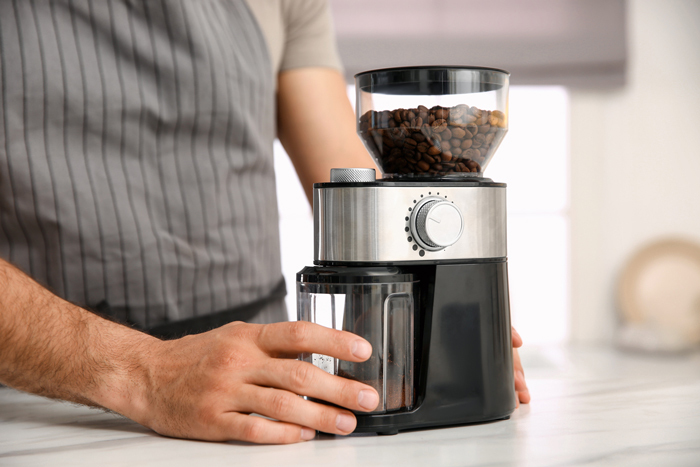
6. Clean your machine and equipment (grinder) regularly
A clean, well-maintained coffee machine will turn out better-tasting coffees for longer. Built-up oils and other deposits in the machine can taint the flavour of your brew so it’s important to look after it. Follow our tips for how to make your coffee machine last longer and how to clean your coffee machine.
7. Change your machine
CHOICE testing regularly finds that different machines turn out different-tasting coffee despite being operated by the same skilled person. If you’ve fallen out of love with the coffees your machine is making, and none of our tips or suggestions seem to be work, it may be time to go shopping and try a new style of machine. You can find lots of information here at CHOICE about the benefits of manual espresso machines and semi-automatic coffee machines and how they compare to pod or capsule coffee machines and automatic machines. Start your research at our coffee machine topic page.
You might also find these articles useful:
Is it worth buying a home espresso coffee machine?
Breville vs DeLonghi: which coffee machine is best?
Pod vs manual machines: which score better on taste?
Best coffee machines under $600

